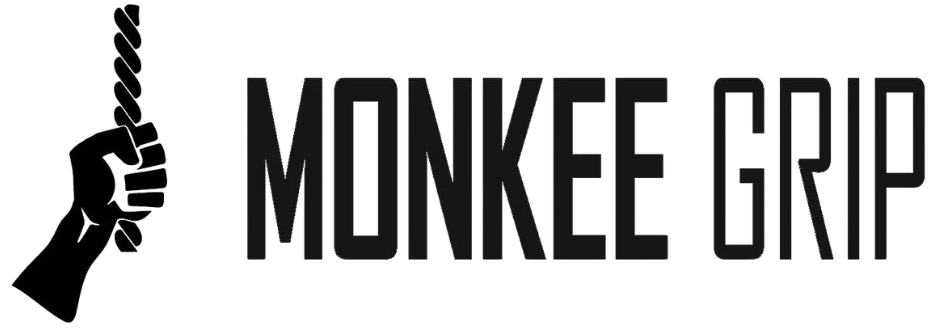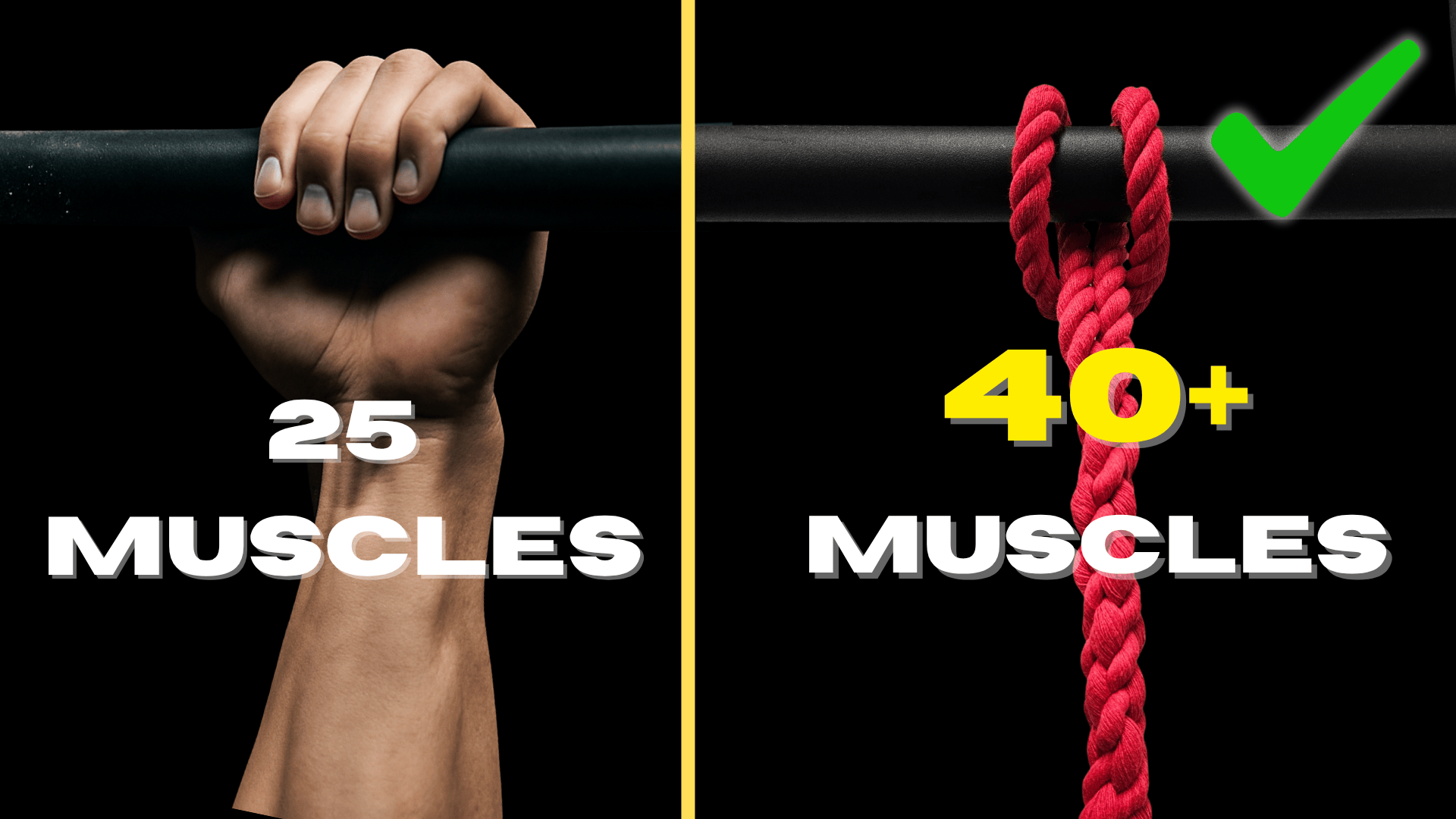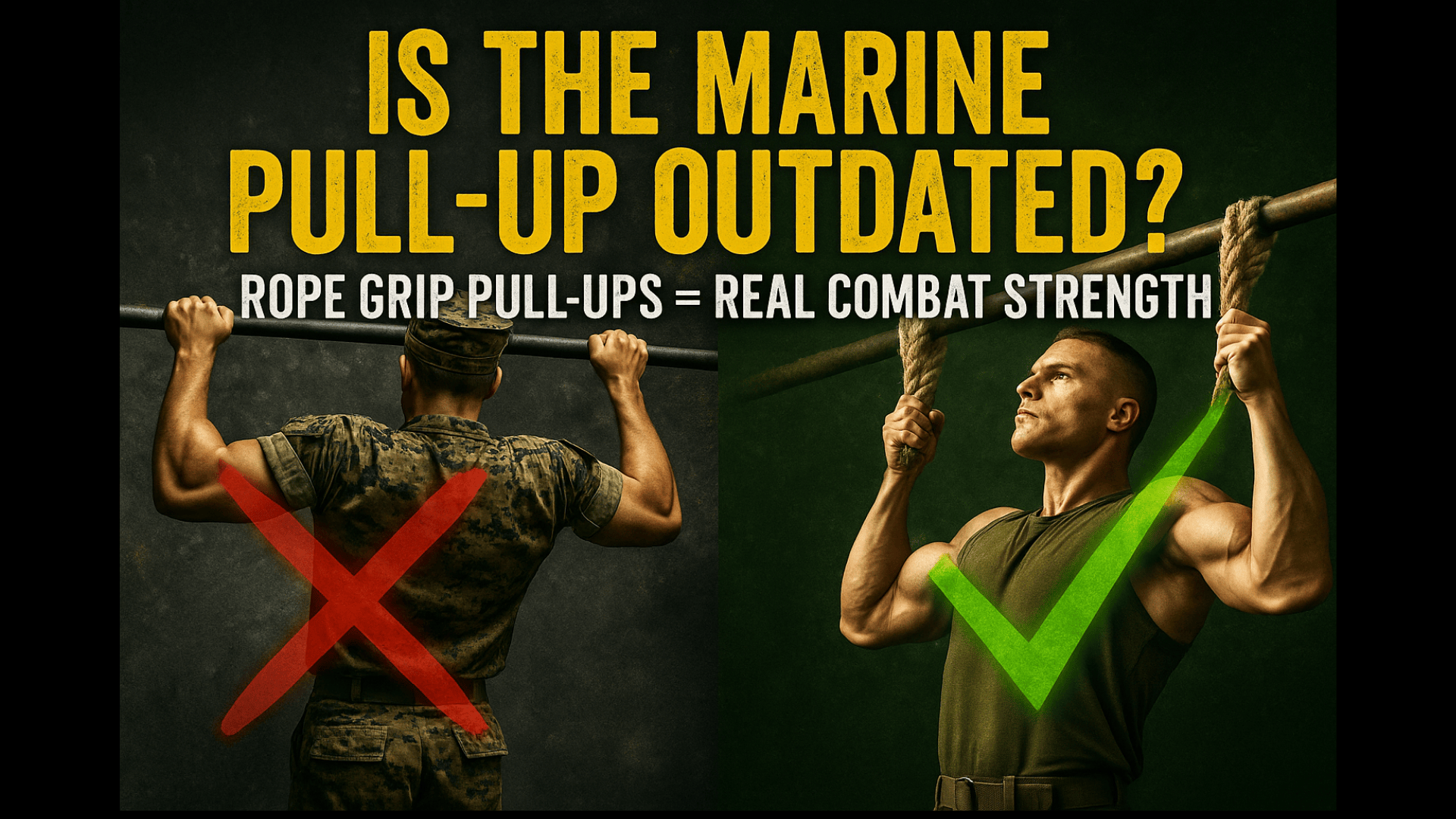Transform Your Pull-Up Bar: 5 Ways to Upgrade It with Rope Grips
The Pull-Up Bar Problem
Almost every home gym has one — a pull-up bar hanging in the doorway, bolted to a rack, or mounted in the garage. It’s simple, effective, and one of the best bodyweight tools ever made.
But if you’ve had yours for a while, you’ve probably hit a plateau. The same grip, the same motion, the same routine. Eventually, your body adapts — and the bar stops challenging you.
That’s where rope grips come in.
Rope grips transform that single bar into a versatile training system that builds your grip, forearms, shoulders, and core all at once. Instead of holding a stable metal surface, you’re forced to control friction and stabilize constantly — just like you would in real-world strength scenarios.
1. Rope Dead Hangs — The Foundation of Grip Strength
Start simple. Loop your rope grips over the bar and hang.
The first thing you’ll notice is how unstable it feels. That’s the point. Unlike a metal bar, rope doesn’t give you a fixed ledge to hold onto. You have to create the friction that keeps you in the air.
Dead hangs are one of the most effective ways to build tendon strength, shoulder stability, and grip endurance. Begin with 15–20 second holds, and work up to 45–60 seconds.
💡 Pro Tip: Focus on keeping your shoulders engaged — slightly pulled down and back — to protect your joints and build stronger scapular control.

2. Rope Pull-Ups — The Ultimate Upper-Body Challenge
Once you can hang comfortably, try rope pull-ups.
Each rep requires you to maintain your grip while pulling through a moving surface — meaning every inch of your hand, wrist, and forearm has to work. This variation builds incredible control and stability that transfers directly to climbing, calisthenics, and any sport that relies on pulling power.
💡 Pro Tip: Start with two ropes side by side to keep the angle neutral on your wrists. As your grip improves, experiment with offset or single-arm variations for a serious challenge.
3. Rope Rows — Strength and Control from Any Setup
No cable machine? No problem.
Attach your rope grips to a sturdy anchor point (like a barbell set in a rack, suspension point, or even a tree branch), lean back, and perform inverted rows. The rope will twist and move as you pull, forcing your grip and stabilizers to fire continuously.
Rope rows improve posture, strengthen your lats and rear delts, and add an element of coordination most static tools can’t replicate.
💡 Pro Tip: Slow down the tempo. The slower you go, the more time under tension your grip endures — and that’s where the magic happens.
4. Rope Farmer Carries — Real-World Strength in Motion
Grip strength doesn’t just matter when you’re hanging. It matters when you’re moving.
Loop your rope grips around dumbbells, kettlebells, or heavy bags and perform farmer carries. The unstable rope handles force your fingers and forearms to constantly adjust while walking, building endurance and control that traditional handles can’t match.
💡 Pro Tip: Try short, heavy carries for max strength — or longer walks with moderate weight to build serious endurance.
5. Rope Curl and Pull Variations — Small Adjustments, Big Gains
Finally, don’t overlook the simple stuff.
Attach your rope grips to cables, resistance bands, or even a door anchor and use them for curls, triceps extensions, or face pulls. That rope texture and movement turn isolation work into a full-hand engagement exercise — recruiting stabilizers most people never train.
💡 Pro Tip: On curls, try a slow negative phase — lower the weight for a count of three to build tendon resilience and control.
Why Rope Grips Are the Smartest Upgrade for Your Home Gym
Rope grips take the equipment you already own and make it better.
No extra machines. No bulky attachments. Just pure functionality that transforms basic exercises into total-body challenges.
They build strength that actually transfers — the kind of strength you use when you climb, carry, or control something in motion. And because they’re portable, you can hang them anywhere — from your pull-up bar to your backyard tree.
🦍 Train smarter. Build stronger.
👉 www.monkeegrip.com






Leave a comment
This site is protected by hCaptcha and the hCaptcha Privacy Policy and Terms of Service apply.